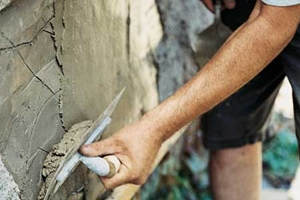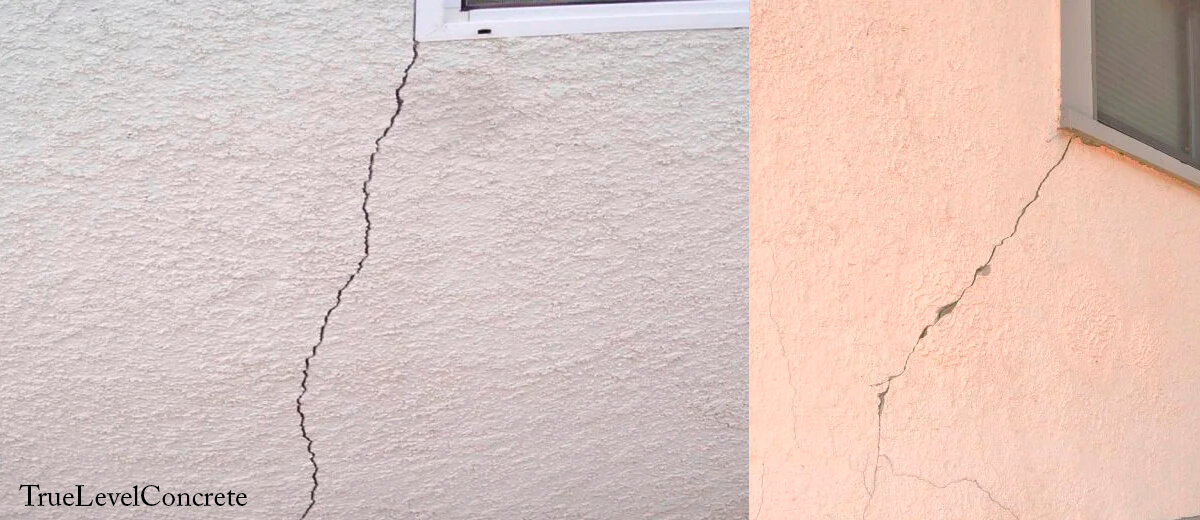Exactly How a Certified Stucco Contractor Can Enhance Your Home's Aesthetic Appeal
Exactly How a Certified Stucco Contractor Can Enhance Your Home's Aesthetic Appeal
Blog Article
Discovering the Adaptability of Stucco in Modern Style
Stucco has actually long been identified for its visual appeal and adaptability, yet its role in modern-day design warrants a better assessment. By discovering its cutting-edge applications, from striking facades to energy-efficient layouts, one can appreciate just how stucco is redefining the limits of architectural expression.
Historic Significance of Stucco
The historic importance of stucco is profound, as it has played a critical duty in architectural methods throughout various cultures for centuries. Originating in old civilizations, stucco was used by the Egyptians and Greeks as a sturdy and flexible surface for both interior and outside surfaces. Its versatility to various climates and ability to resemble more expensive materials made it a favored option.
In the Roman age, stucco came to be a primary ornamental aspect, made use of thoroughly in public structures, suites, and holy places. The Romans refined the application techniques, enabling elaborate styles and relief sculptures. Throughout the Renaissance, stucco experienced a rebirth, particularly in Italy, where it was employed in elaborate facades and decorative details, showcasing the artistry of the duration.

Modern Applications in Layout
Stucco has actually found renewed relevance in contemporary design because of its versatility and visual allure (stucco contractor). This typical product is progressively used in contemporary style, bridging the void between classic and modern-day appearances. Developers and engineers appreciate stucco for its flexibility, enabling it to be applied in numerous styles-- from minimalist structures to clarify Mediterranean styles
In property projects, stucco uses a clean, smooth surface that boosts the aesthetic communication of exteriors. Its ability to adapt different shapes and surfaces makes it an ideal choice for both new buildings and improvement tasks. Additionally, stucco's sturdiness and reduced upkeep needs add to its growing appeal in city setups, where long-lasting products are vital.
Commercial applications have likewise embraced stucco, with many businesses deciding for this product to develop welcoming and unique storefronts. Making use of stucco in public structures, such as institutions and recreation center, showcases its possibility for creating visually attractive settings while offering exceptional insulation properties.
Shade and Texture Advancements
Checking out shade and appearance innovations in stucco has actually opened up brand-new avenues for developers and designers, improving the material's aesthetic influence in contemporary building. Recent innovations in pigment modern technology have actually enabled a broader range of shades, making it possible for designers to create striking facades that incorporate flawlessly with their environments or stand out as bold building declarations. This flexibility in shade selection provides architects the ability to stimulate particular emotional responses and harmonize with local aesthetics.
Texture technologies have actually likewise changed stucco applications. Strategies such as troweling, splashing, and marking have caused diverse surface area finishes, varying from see this website smooth and fine-tuned to sturdy and responsive. These variants not only contribute to the building's personality however additionally play an important role in light communication, boosting the aesthetic deepness and dimensionality of surface areas.
In addition, the intro of synthetic stucco alternatives has increased style possibilities, providing boosted resilience and climate resistance while keeping aesthetic charm. As engineers continue to try out cutting-edge shade palettes and distinctive finishes, stucco continues to be a crucial aspect in modern style, showcasing the product's flexibility and classic importance in contemporary layout.
Sustainability and Energy Efficiency
Innovations in shade and texture have not just boosted the visual allure of stucco yet additionally led the way for better concentrate on sustainability and energy effectiveness in contemporary design. As environmental issues become increasingly prominent, the construction industry is turning its attention to products that add favorably to environmental balance.
Stucco, composed primarily of all-natural products such as sand, lime, and concrete, offers a sustainable alternative to more resource-intensive structure products. Its long life and sturdiness minimize the demand for frequent replacements, thereby reducing waste and source consumption gradually. Furthermore, modern-day stucco formulas often include energy-efficient ingredients that improve insulation residential or commercial properties, lowering cooling and heating prices for structures.
The reflective high qualities of stucco can also be engineered to reduce heat absorption, contributing to cooler indoor atmospheres and less reliance on man-made climate control systems. By promoting energy preservation and reducing the carbon impact of structures, stucco straightens with the concepts directory of sustainable style. As architects and builders take on innovative techniques and green techniques, stucco stands out as a responsible and flexible selection in contemporary design.

Study of Stucco Projects
The flexibility of stucco as a building product is exhibited in numerous effective architectural tasks that highlight its aesthetic and functional benefits. One noteworthy example is the improvement of the historical Casa de la Guerra in Santa Barbara, California. Using stucco not just preserved the structure's Spanish Colonial Resurgence style yet likewise enhanced helpful resources its durability and climate resistance, making sure longevity while keeping architectural honesty.
One more engaging situation is the contemporary residential task, the Cactus House in Scottsdale, Arizona. stucco contractor. This striking home attributes a smooth stucco surface that harmonizes with the surrounding desert landscape. The stucco's light shade reflects warmth, adding to energy efficiency, while the distinctive surface areas include aesthetic passion
In Addition, the Kings Cross redevelopment in London showcases the adaptability of stucco in metropolitan settings. The application of stucco on modern mixed-use buildings creates a natural aesthetic that values historical context while embracing modern layout principles.
These case researches demonstrate how stucco can offer different building objectives, from preservation and power effectiveness to aesthetic enhancement, making it a functional choice in modern design.
Verdict
 In final thought, stucco's historic value and modern-day adaptability make it a useful material in modern architecture. As shown via different case researches, stucco continues to play a vital role in forming the building landscape of the modern era.
In final thought, stucco's historic value and modern-day adaptability make it a useful material in modern architecture. As shown via different case researches, stucco continues to play a vital role in forming the building landscape of the modern era.
In conclusion, stucco's historic value and modern versatility make it a useful product in modern style.
Report this page